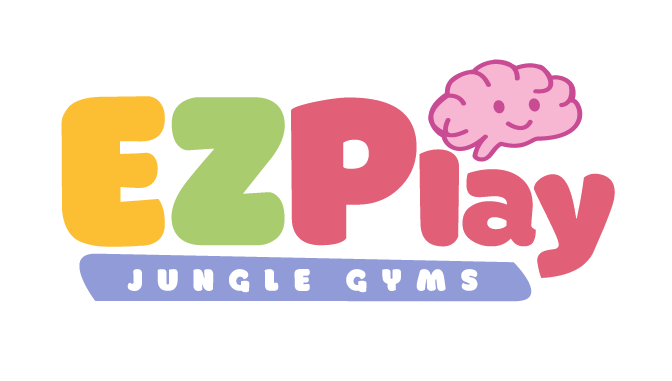
Why Hanging Is the Most Underrated Brain-Builder 💪🧠
Written by Dr. Stefanie Rodsater, Pediatric Chiropractor and Founder of Building Brilliant Brains
Want to light up your child’s brain in just seconds?
Have them hang.
Whether they’re dangling from your arms, gripping a monkey bar, or swinging upside-down from a home gym, hanging is one of the most powerful—and most overlooked—movements for brain development.
It’s simple. It’s instinctual. And it delivers benefits across every system in the body. And you can start from a very early age!

Why Hanging Builds a Smarter Brain
Here’s what happens every time your child hangs:
✅ Vestibular activation
The upside-down or swinging motion stimulates the inner ear, improving balance, coordination, and spatial awareness.
✅ Reflex integration
Hanging helps organize primitive reflexes like the Moro and TLR (Tonic Labyrinthine Reflex), which play a big role in emotional regulation and motor control.
✅ Grip strength + shoulder stability
These are essential for writing, self-care, climbing, and future sports—but also for activating the parts of the brain responsible for motor planning and attention.
✅ Respiratory development
Yes, hanging can even improve breathing! It opens up the chest wall, strengthens the diaphragm, and supports efficient oxygen exchange.
✅ Confidence + body awareness
The feeling of mastery from holding on, swinging, and letting go helps children trust their bodies and move more boldly through the world.
But… Is Hanging Safe?
When done appropriately and with support, yes—and it’s one of the most developmentally rich activities you can offer.
Start with:
-
Hanging from your thumbs (always make sure they are holding on and you are not supporting their grip).
-
Letting them grip a dowel or bar while standing on a surface
-
Building up to full hangs, swings, or even brachiation (moving hand-over-hand)
Keep it playful. Keep it short. And let them build strength at their own pace.
EZPlay Tools That Support Hanging
You don’t need a full jungle gym to start adding hanging to your day—just a safe setup and a few powerful tools:
🐼 Panda Playground Jungle Gym
Add a monkey bar or hanging ring accessory to create a vertical play zone that fits inside your home.
🪵 Wobble Balance Board
Perfect for building grip strength, climbing, and hanging onto while rocking or balancing.
🧗♀️ Pikler Triangle + Arch + Slide
Promotes the climb-up, hang-down, drop-off cycle that naturally leads to brachiation readiness.
🧸 Parents = Perfect Practice Tools
Let your baby or toddler grip your fingers, arms, or a dowel while you lift slightly to support weight through the arms. This is how strength and control begin!
How Often Should My Child Hang?
Just a few seconds a few times a day is a great start.
As they get stronger, aim for:
-
10–30 seconds per rep
-
2–3 sets a day
-
A mix of static hanging and swinging or moving side to side

Final Thoughts
Want better handwriting? Fewer meltdowns? Improved coordination? Better posture? Hanging helps with all of it.
This simple, natural movement supports multiple brain and body systems at once—and it’s fun!
🧠 Ready to start hanging more at home?
Check out EZPlay’s growing collection of brain-boosting tools like the Panda Jungle Gym, Pikler Triangle, and Wobble Balance Board. They’re designed for movement that makes kids smarter, stronger, and more confident from the inside out.






